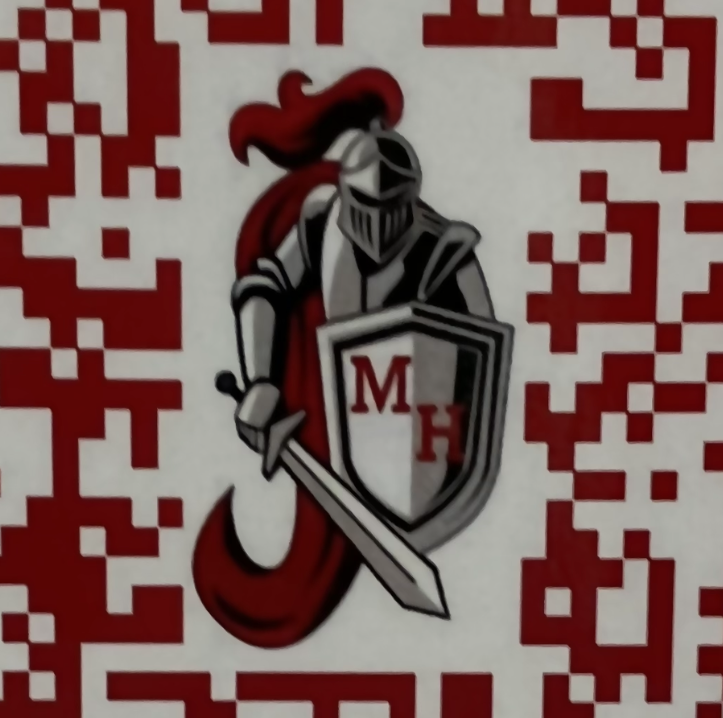Bathroom QR Codes at Hills
The Morris Hills Regional District recently instituted a new policy for the bathroom: QR codes. When people ask to go to the bathroom, they have to take out their phone, scan a QR code, and fill out a google form — TWICE.
The QR codes were implemented as a deterrent to drugs and vandalism in the Morris Hills High School community. This problem had been festering for years, and the administrative staff had the QR code policy ready two years ago but decided to wait to implement it until last year. From 2021 to early 2022, many people didn’t feel safe going to the bathroom. One student stated, “I walked into the bathroom last year, and there were like ten people smoking or vaping.”
For the average teenager, getting out of class to spend time in the bathroom on your phone is a good way to tune out classes that are particularly boring or hard. Having to sign in twice on a google form hit that activity hard. Multiple studies have shown most people would rather stay in class than have to be inconvenienced by something like scanning a QR code.
But the QR code was not implemented to deter students from going to the bathroom. The reason was for attendance — to know where students are at any given point in time, as some students drive in the mornings and seniors have senior privileges. It was projected that 90% of students had phones or at least a school-issued Chromebook in order to complete the Google Form, according to Mrs. Barkocy. If parents needed to take their kids out of school for any given reason, then faculty could know where the kids are and report that information to those parents. And in the event of a lockdown, the police could know how many students are in the building and their whereabouts.
Cost efficiency was a major factor in the current system. The process, despite being time-consuming, is inexpensive as Google products and making QR codes is free. Students and teachers are blaming everybody who took part in this vaping problem, and they would be correct. However, now is not the time to point fingers but improve the current situation. In reality, the codes are a good temporary solution. But what about something more permanent? It may be possible to fundraise for a new, more efficient way to scan to leave the classroom. The big problem with this, however, is that whatever is instituted at Morris Hills must be instituted at Morris Knolls, at least doubling the cost of a possible student ID card scanning system, as projected by Mrs. Barckocy.
That leaves the question: what else is there to do? Stick out the QR codes for this year until the next? What if they become…permanent? Filling out the form two times takes away student class time. Not only are the students inconvenienced, but teachers are also having to double as hall monitors. Under the current system, they really have no other choice. However, if the students were able to raise the issue to the board or potentially fundraise themselves, that could eliminate the variable of cost. This would not only eliminate the current system in favor of a more efficient one, but it would also respect the initial goal of the administration, which was to curb the vaping situation.
Without student-led change, the future is undoubtedly clear that the QR code will stay in business and will eventually become the ‘norm’ at Morris Hills High School, for better or for worse.


